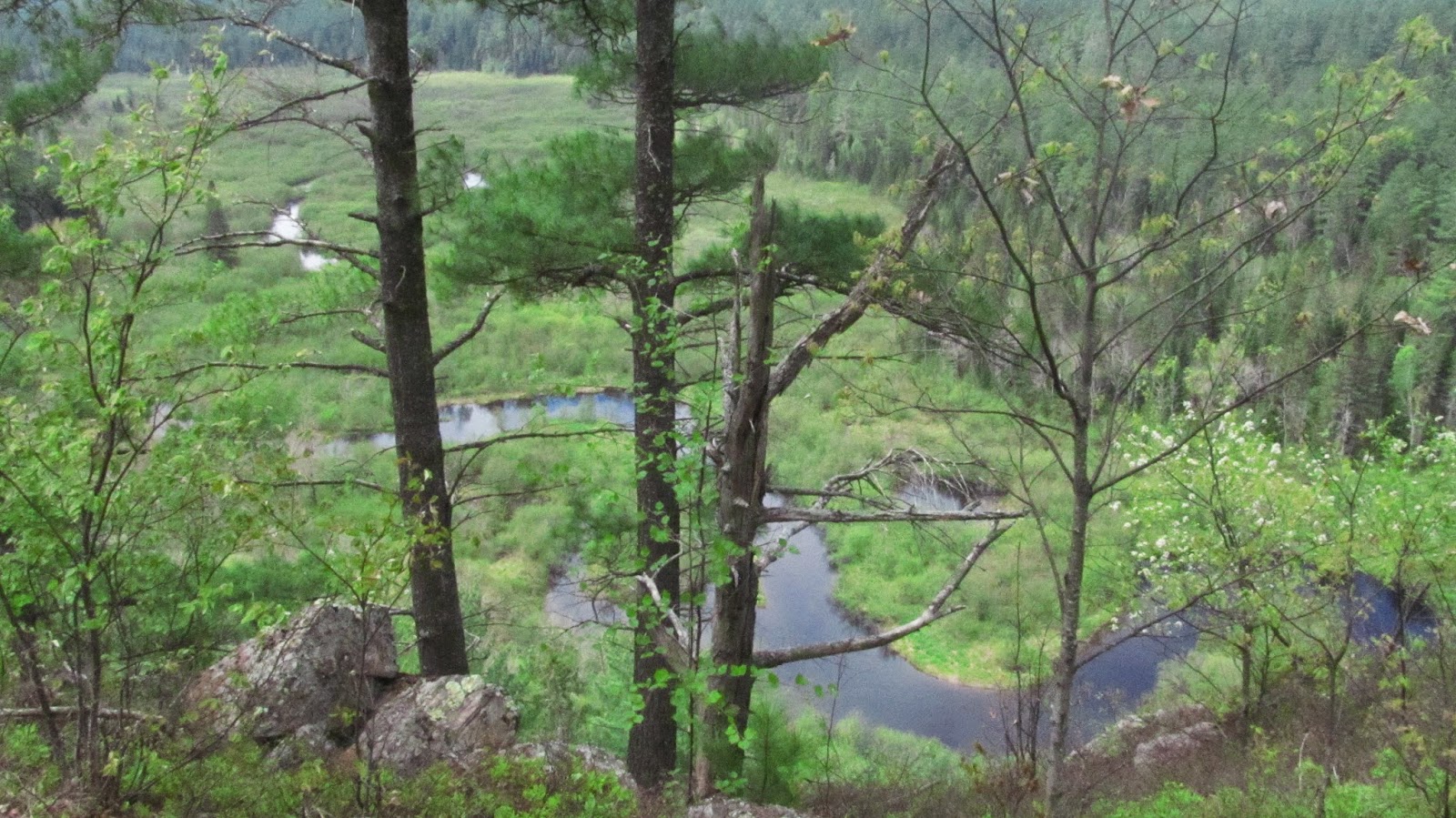So I've finished all of the major planting and seeding for this season now in the garden. It's looking pretty good.
We have the deck, where I've planted: beets, carrots, herbs (basil, oregano, winter savoury, sorrel, coriander, parsley, thyme; last year's chives have come up with their usual vigour, so much that we're using them like a vegetable), mustard greens, lettuces, arugula, cantaloupe. I also have some flowers to attract pollinators and for decoration: browallia, calibrachoa,
Thunbergia alata (black-eyed susan vine), begonias, morning glories.
 |
| Arugula! |
 | | |
| Beets! |
 | | | | |
| Calibrachoa |
This year we got blue/purple calibrachoa in order to attract more
Bombus up to the deck; there's a fair bit of good scienctific evidence suggesting that they are more attracted to blue flowers.
On the lower deck, we have: basil (4 planters), grape tomatoes, cherry tomatoes, spinach, corn, beans, fig.
 |
| Beans! (with a side of spinach!) |
 |
| Corn! |
In the back garden, we have: corn, lettuces, leeks, kale, mustard greens, strawberries (the bed was established last year and promises to produce amply this year), basil (4 rows), fennel, dill, sage, garlic chives, catnip, carrots, shepherd's peppers. There is also the apple tree.
 |
| Back garden! |
The wire cage you see around the garden in this photo is to keep the squirrels and raccoons out. For several years running, they killed every single apple on the tree and ravaged my tomatoes, peppers, and eggplants. No more, with the aid of this trusty cage! The cage also covers the garden and tree from above, with the only entrance through a door which I keep closed unless I'm in the garden. Bonus: keeps the cats from using the garden as a litter box.
 |
| Fertilized apple! |
The pollinators seem to have done their job this year with the apples; unless I miss my guess we should have somewhere between 150-250 apples this year.
You may be wondering what the heck we're going to do with so much basil (equivalent of about 40ft of row). The answer is pesto. All of the pesto. If we eat pesto twice a week to keep up, nobody's going to complain. I'm plotting also to make a lasagne which substitutes basil for the spinach, and to make basil-stuffed ravioli this summer. We'll certainly be able to use it all. It also freezes excellently so I'll just collect it all at the end of the season and freeze it for later.
The front garden is considerably less comestible but also all set up. The lilacs are in profuse bloom and the peonies promise to give a great show. I deadheaded all of the tulips today, as they've reached the end of their blooming season now. They don't look super-pretty now but I want them to get as much energy into the bulbs for next year's blooms as possible, so I won't remove them for another week or two. After that I'll plant something in that bed, perhaps some browallia or begonias.
 |
| Front garden |
Also, I'm making cinnamon rolls today. Om nom nom.
 |
| Cinnamon rolls rising. Om nom nom. |










































.JPG)
.JPG)
.JPG)




